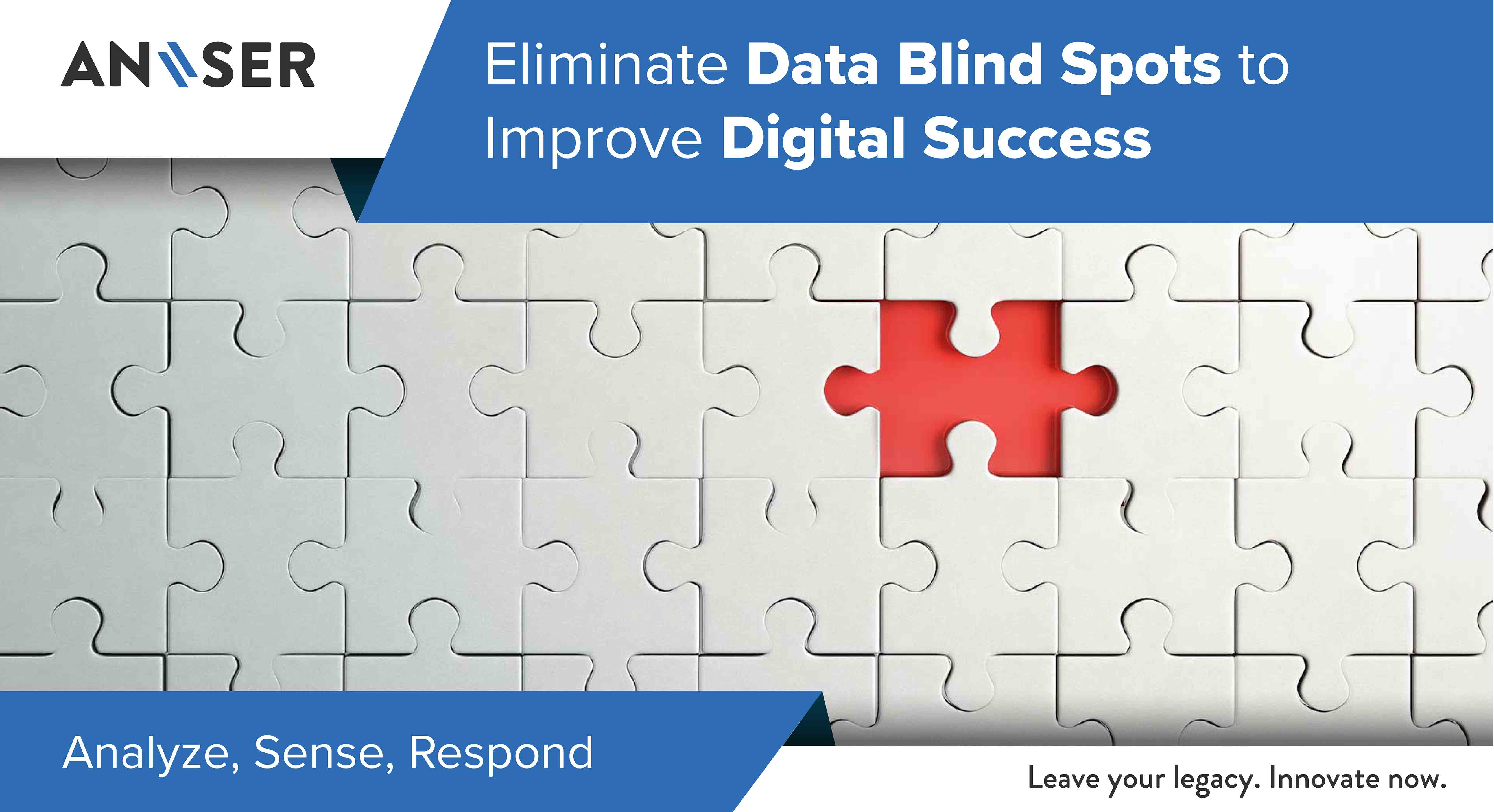
Industry Use Case: Integration
Digital business is event centric, always sensing, always ready, says Yefim Natis, distinguished analyst at Gartner. Business and IT leaders will need to rationalize which events in their businesses are critical to successful digital transformation. Gartner predicts that event driven IT will be a top priority for CIOs by 20201.
But what is an event? A question we are frequently asked. An event can be any changing business condition that you must respond to and in today’s mobile, connected world expectations demand an almost instant response. Simple events can be a complaint call to client services, a visitor to your online store or transactional changes like a new order or change of billing address. More interesting events might be a poor weather forecast impacting customer demand or a bad traffic requiring optimization of shipping routes.
Leading companies have invested heavily in enterprise systems to manage customers, operations and supply chains. Invariably this leads to a complex, integrated set of CRM, ERP, SCM, EDI and other home grown systems. Systems that are integral to business success but that were not designed with an event driven architecture to meet today’s digital demands. These gaps, often amplified by digitalization, can lead to blind spots in your business that can negatively impact customer experience, operational overhead and revenue.
Integration versus Intelligent Automation
A simple use case illustrates the challenges companies face in digitizing processes and how event-driven design can enable intelligent automation. A very common integration scenario is for CRM platforms to handle Sales and Customer Service while ERP systems might take care of Supply Chain, Operations and Finance.
For example, a platinum tier customer requires a rush order for spare parts. Their account executive enters the order through Sales into CRM. Rush orders are released immediately to ERP for transfer to the Warehouse. The customer’s Accounts Payable department contacts Customer Service who update billing address in CRM. Goods are shipped via courier for delivery and an invoice is issued. Parts arrive on time, all seems well.
Integration Blind Spots
In a complex system landscape the integration or middleware layer is critical to successful business outcomes. Despite the fact that integration frameworks can address data transport and guarantee message delivery, unplanned systems failures have remained a top cause of supply chain disruption for the past five years2.
Hand-offs between systems are a leading cause of failure. Application integration rules define when and how data should be gathered, sent and processed. Error handling is typically limited to success or failure of data transmission between systems. The following issues commonly arise:
- Timing dependencies cause data not to be selected for transmission
- Partial or no data is sent based on data dependencies or poorly designed selection criteria
- Data is sent, receipt acknowledged but the results vary from expected outcomes
- Inconsistencies occur when batch processing executes earlier or later than planned
- Poor data quality causes sender or receiver systems to reject transactions
Additionally, there are myriad reasons for integration failures caused by infrastructure or service availability. Frequently, theses failures go unnoticed are not addressed until too late or not at all, leading to extensive manual data reconciliation. In our example above, the billing address update by Customer Service in CRM could fail to be processed in ERP causing invoices to be sent to the wrong address. Spare parts are sent and received at the customers shipping location, invoices are not received and go unpaid causing inadvertent collections processing and a poor customer experience. That is, if in fact the customer receives the product on time. The order from CRM can be delayed due to an integration issue from CRM to ERP, a data discrepancy on the shipping request could cause the order to fail in ERP or the order may not make it to the warehouse management system in time to get it out on the last shipment.
There is a need to focus on successful digital business outcomes3 – ensuring both data and business reconciliation. Features that are missing in most integration efforts.
Enabling Intelligent Applications
All of the above challenges can be addressed with emerging event driven platforms that can sense and analyze critical integration points. Intelligent rules engines can respond ensuring discrepancies are resolved, increasingly without human interaction. Cross-platform visibility allows monitoring data on both sides to not only ensure correct data movement but also successful business outcome.
In our example, each business interaction can be monitored. Events would generate notifications for new order, address change and shipment confirmation in real-time – triggering immediate interaction between CRM and ERP. Ensuring that address changes are made immediately, correlating events by customer enables intelligent processing of billing address changes for all open or recently processed orders. Achieving the desired outcome and avoiding the need for inadvertent collections processing and delivering a meaningful customer experience.
Leave your legacy, innovate now. The An-ser© platform connects everything, simply and intelligently. It is a non-disruptive solution, designed with the business user in mind. With little or no coding you can digitize processes in weeks, not years.
Contact us to discuss how real-time notifications and event-driven design can enable intelligent applications leveraging your existing legacy systems to reduce the risk of integration and business outcome failures.
References
- Gartner, July 2017. Gartner Says CIOs Must Define an Event-Centric Digital Business Strategy.
https://www.gartner.com/en/newsroom/press-releases/2017-07-10-gartner-says-cios-must-define-an-event-centric-digital-business-strategy - Business Continuity Institute. BCI Supply Chain Resilience Report 2018.
https://www.thebci.org/uploads/assets/uploaded/c50072bf-df5c-4c98-a5e1876aafb15bd0.pdf - Forbes, June 2018. Why Event Thinking Is Key To Your Digital Transformation Efforts.
https://www.forbes.com/sites/forbestechcouncil/2018/06/22/why-event-thinking-is-key-to-your-digital-transformation-efforts/#396822af68bc
